A version of this article was originally published in the March 2024 issue of Grapevine, The Salt Spring Island Garden Club Newsletter.
English holly (European holly, Common holly) (Ilex aquifolium) is beloved for its red berries over winter and associated with Christmas, as well as the classic carol, The Holly and the Ivy (which now makes my invasive species antennae stand up!). These slow-growing evergreen shrubs, with their dark and shiny leaves, are used in ornamentally across North America. Originally an English plant, it was once seen as having magical qualities in druidic times. It can grow up to 15 metres tall and live up to 300 years! However, here in the Pacific Northwest at maturity they normally grow in the 1-3 metre range but may grow up to 7-10 metres tall.
Holly is considered a very successful invasive species by the BC Invasive Species Council due to its ability to grow in both sun and shade, with the seeds spreading via birds as they consume the berries. It will crowd out native species and even monopolize groundwater. English holly is dioecious, meaning it has separate male and female plants. Female holly produce small, white and sweetly scented pistil-dominated flowers which mature into the distinctive red berries after fertilization. The male hollies have staminate flowers with two prominent stamens producing the pollen which attract bees as the primary pollinator. As long the two sexes are within 200 metres, they will produce berries. Although leaves may be smooth on older branches, beware the spiky leaves in bare feet and when you pass underneath in winter! There is also an American holly (Ilex opaca) native to further east which is not considered invasive. American holly has duller, non-glossy leaves but it still shares the trait of spiky leaf edges designed to keep predators from nibbling on it.
Removal
To remove holly, wear leather gloves and pull up any seedlings you encounter. More established holly shrubs will need to be cut at the base and the berries/seeds collected as best you can. Ideally, the stump and any roots are removed entirely as the stump may re-sprout and suckers may appear. If you can’t remove the full root structure, be sure to cut them all at the base and monitor for regrowth.
Warning: the berries of holly are toxic to animals and humans!
Plant These Instead
Tall Oregon Grape (Mahonia aquifolium)
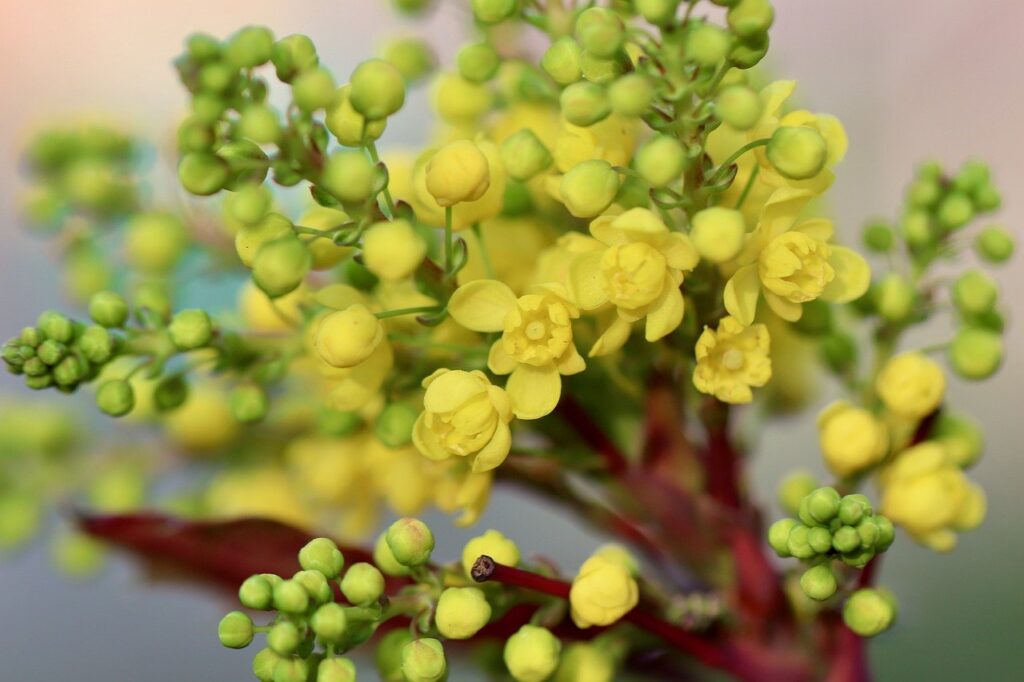
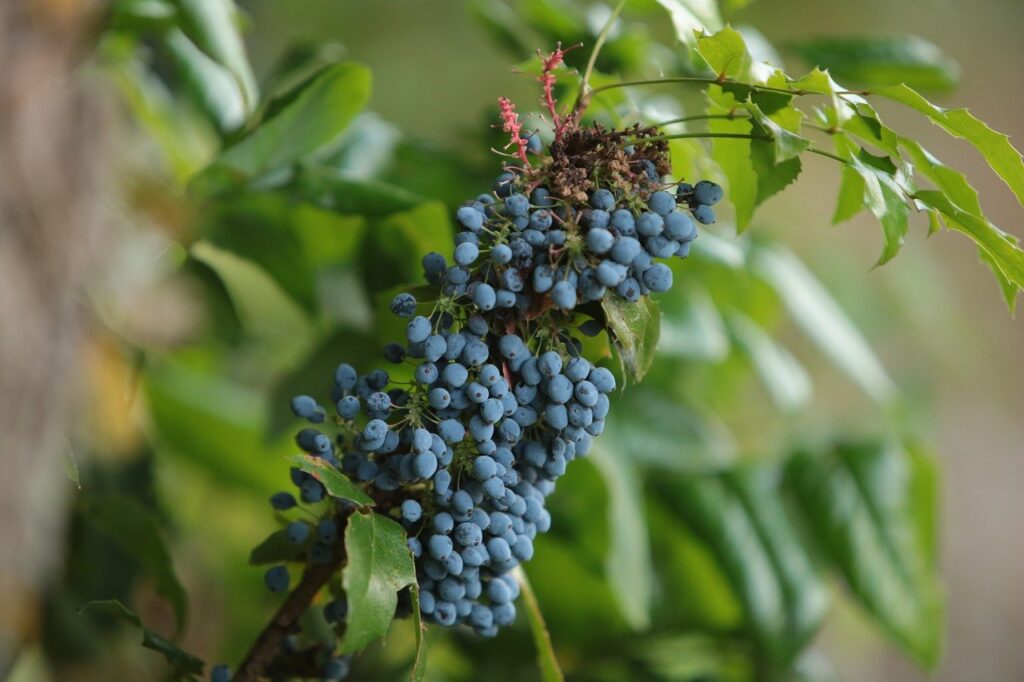
Evergreen leaves with spiky edges are very similar to holly and in fact this Oregon grape species derives its Latin name from the English Holly (Ilex aquifolium). Aquifolium literally means leaves that have curved hooks like an eagle’s beak. Blooming April to May with clusters of small yellow blooms, the plant provides valuable early spring food for insect pollinators and hummingbirds with blue grape-like clusters of berries in the fall attractive to birds. The colder fall weather turns the foliage a beautiful bronzy-red. It generally ranges in height from 2-2.5 metres with a spread of 1.5 metres wide when mature. Tolerant of hard pruning, this tough plant will grow in dry, rocky or clay soils but prefers average to moist conditions, and an acidic soil over an alkaline soil.
Nootka Rose (Rosa nutkana)
With lovely red rosehips eaten by birds and mammals throughout the winters, these thorny shrubs have highly fragrant pink flowers that attract a variety of insect pollinators and hummingbirds from May to July. Typically found in moist conditions with full to part sun along shorelines or ditches, this rose grows from 0.5-3 metres tall. Ideal as a barrier or hedgerow, they will also stabilize eroding banks along streams or the seaside. Birds will often nest within the branches due to the thorny protection and small mammals will shelter under them for the same reason.
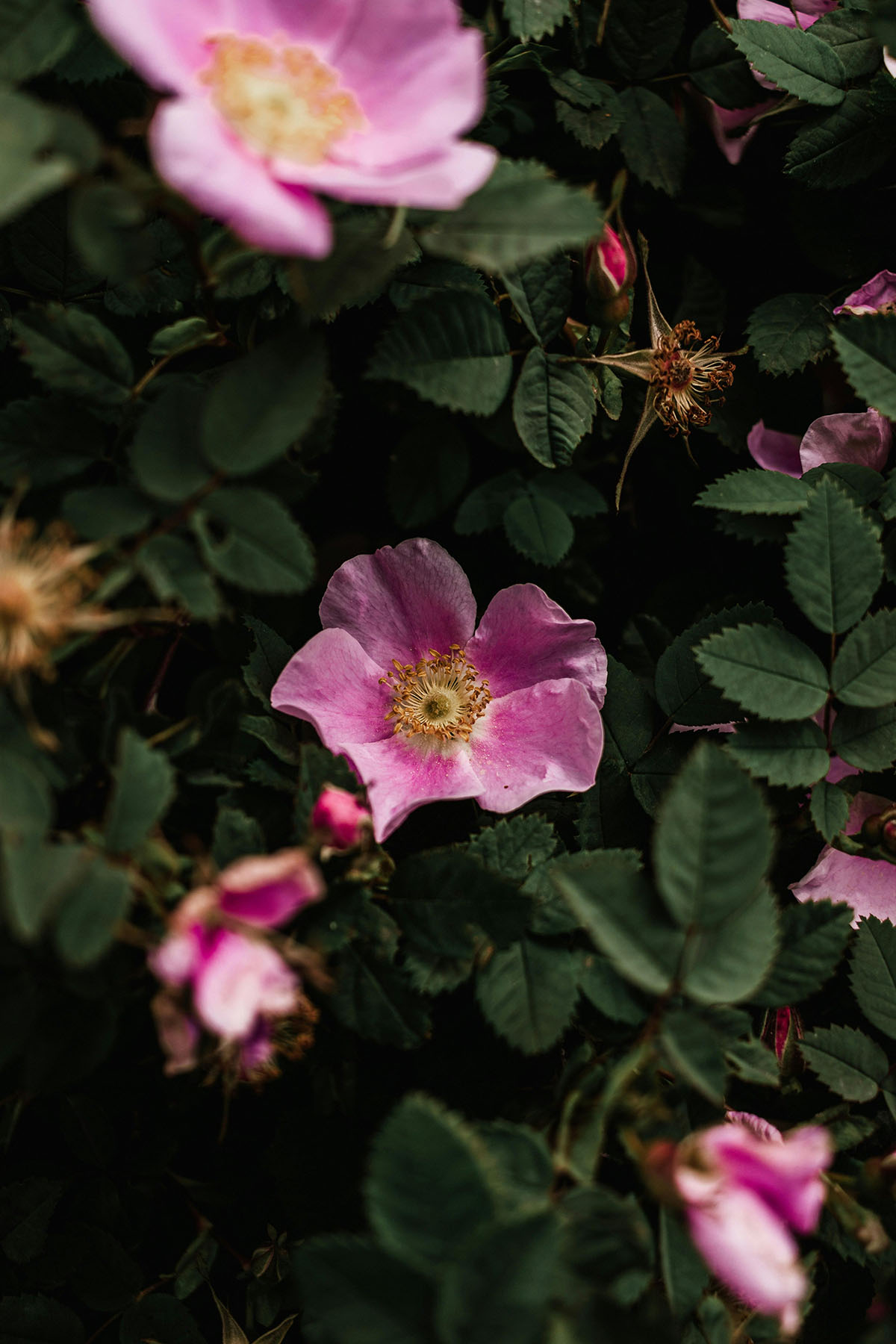
Salmonberry (Rubus spectabilis)
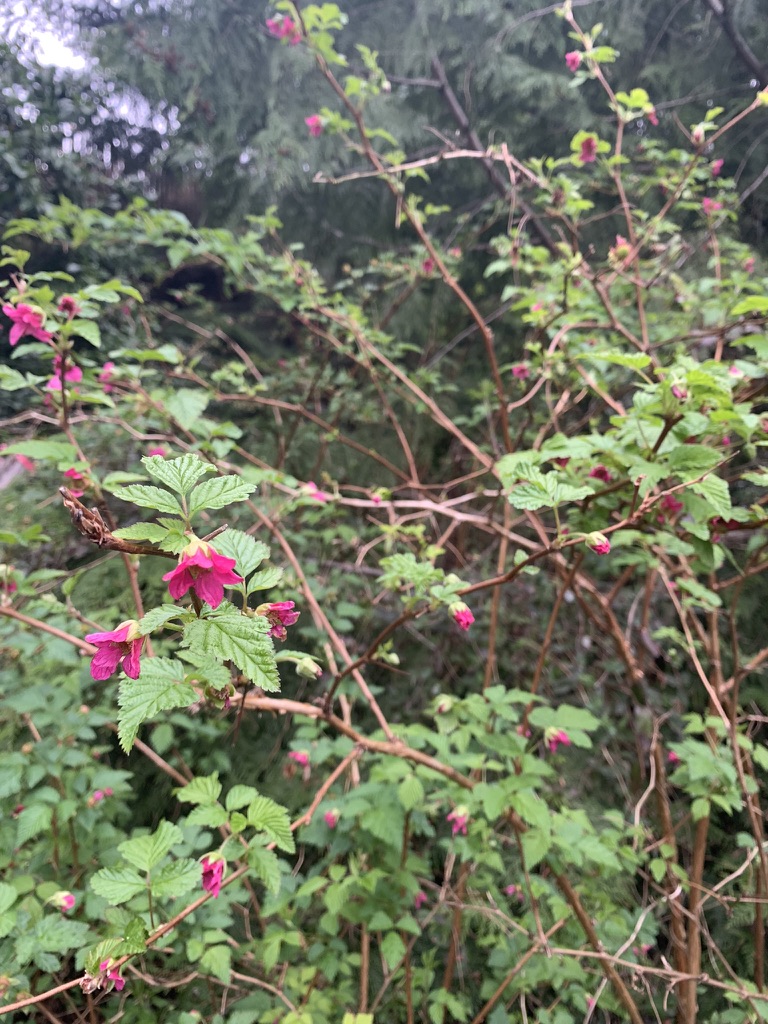
Salmonberry is easily recognized by its five petaled purple-pink flowers seen blooming April to May in the dappled shade of moist woods and along streambanks. Due to its arching stems, it forms dense thickets and is therefore best planted in wild gardens with lots of space for its up to 4 metre height and width. The raspberry-like fruit is one of the first native fruits to appear in May to July, the W̱SÁNEĆ people recognise 4 different colour stages as the berries ripen from white to blonde to red to black-red. The young shoots were also eaten in early spring, being peeled and then eaten raw or steamed.
Wildlife use salmonberry in all its forms: Rufous hummingbirds drink from the flowers, insect pollinators pollinate the flowers, the fruit is, of course, eaten by a large variety of birds as well as mammals who will also eat the bark and twigs. Truly a plant used by everyone!
Other Alternatives:
- June Plum (formerly Indian Plum) (Oemleria cerasiformis)
- Red Elderberry (Sambucus racemosa)
- Red Flowering Currant (Ribes sanguineum)
- Pacific Crabapple (Malus fusca)
- Cascara (Frangula/Rhamnus purshiana)
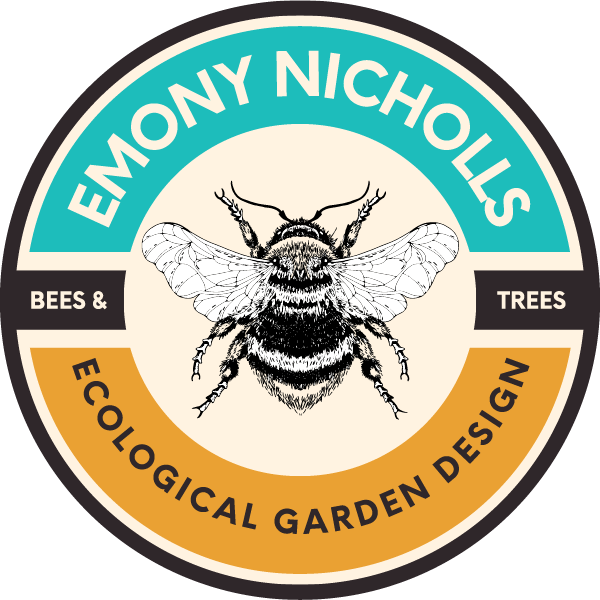



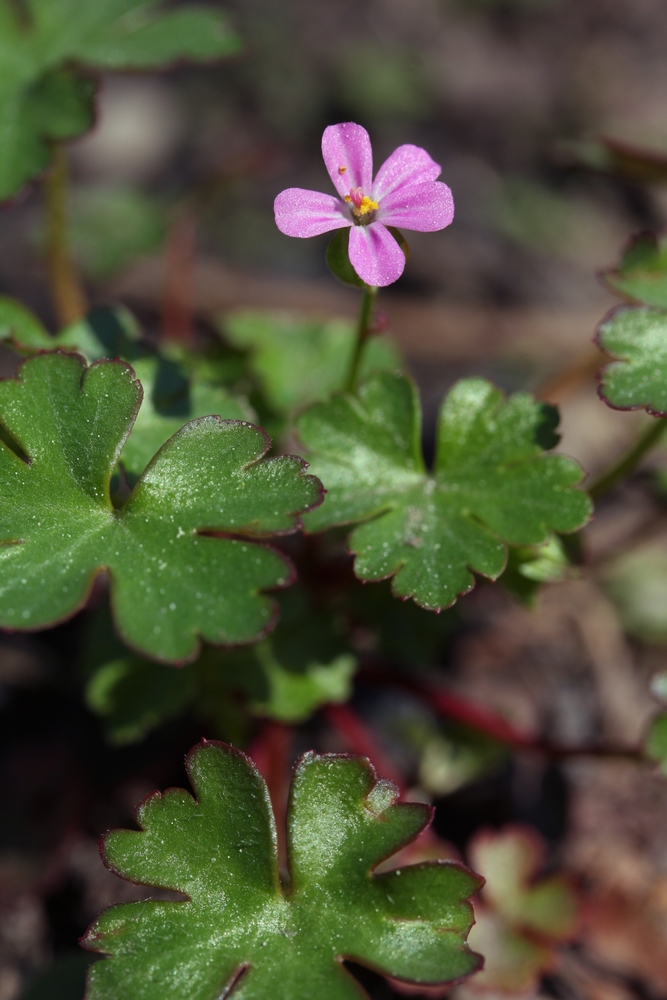
Leave a Reply